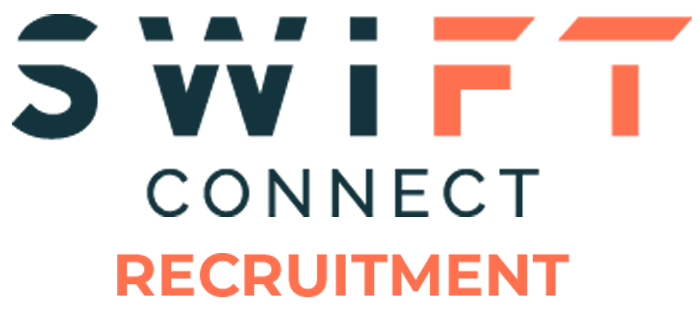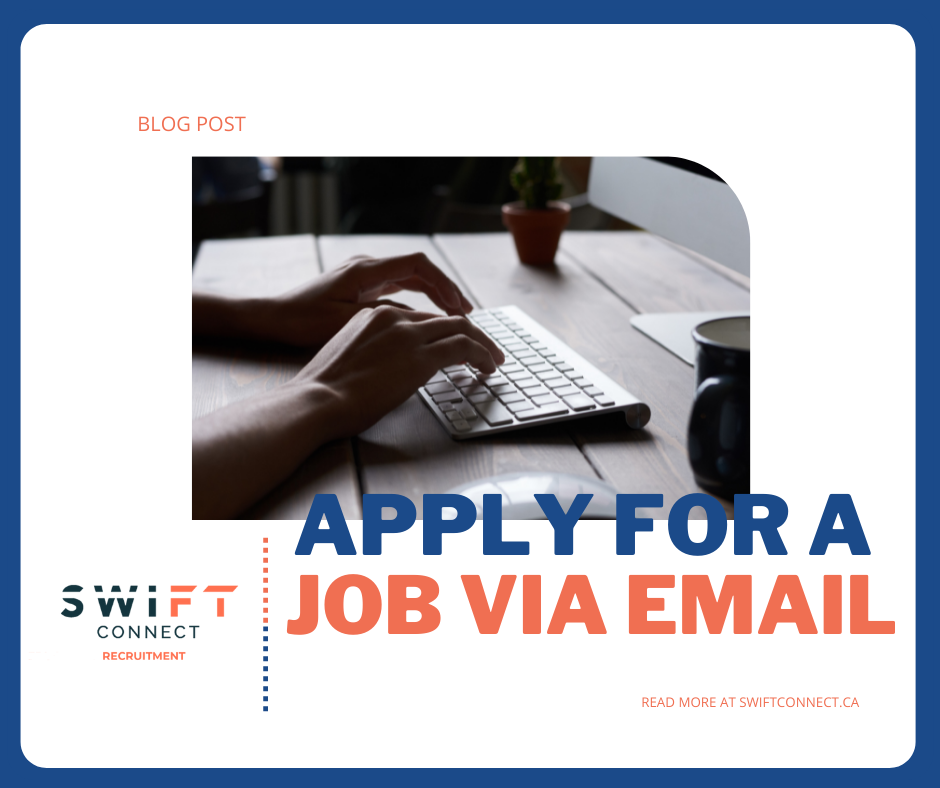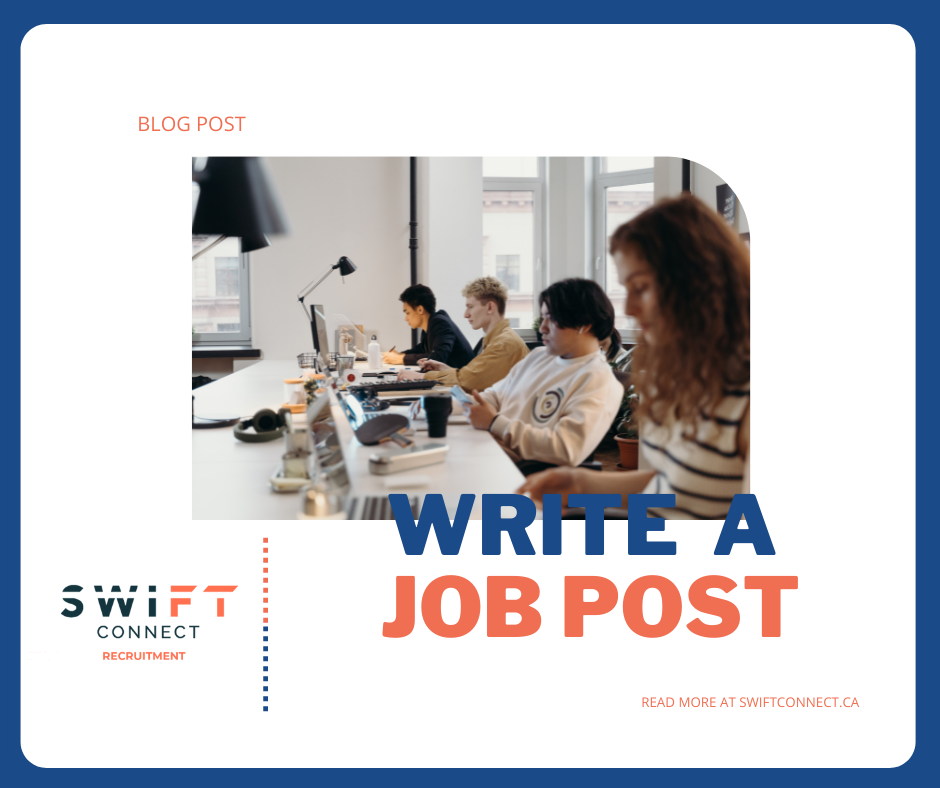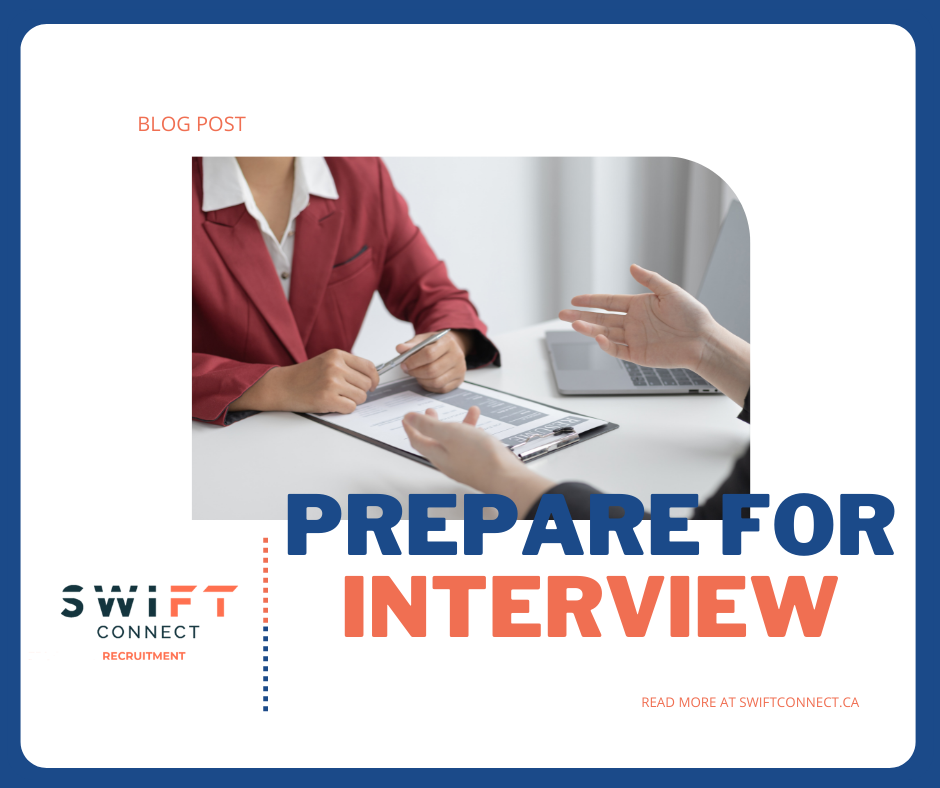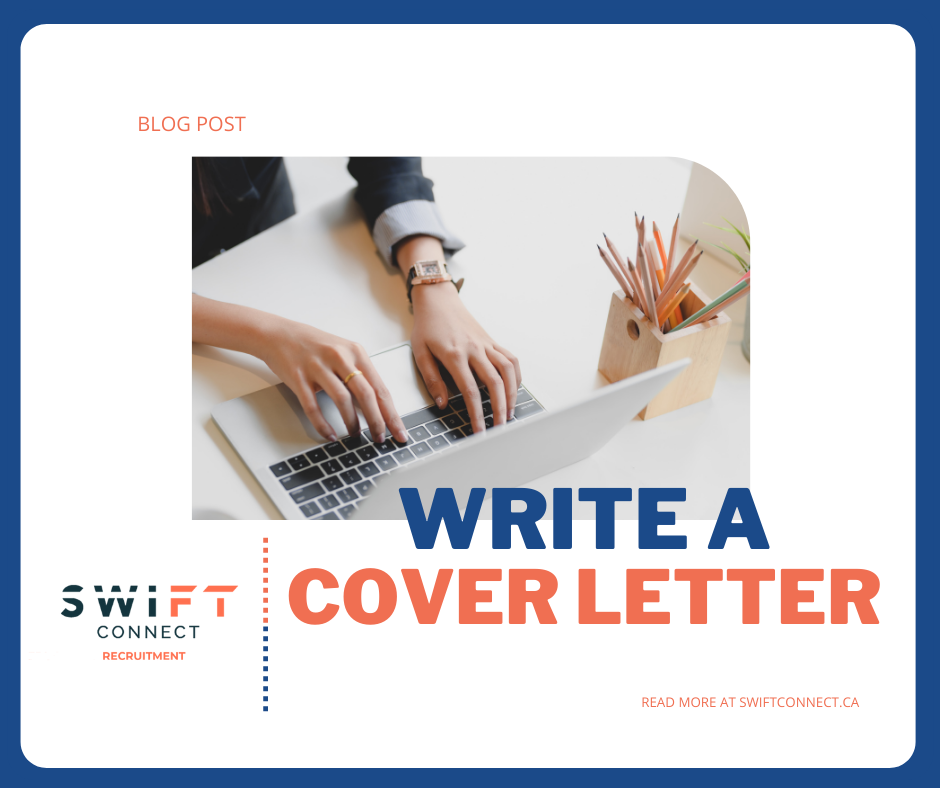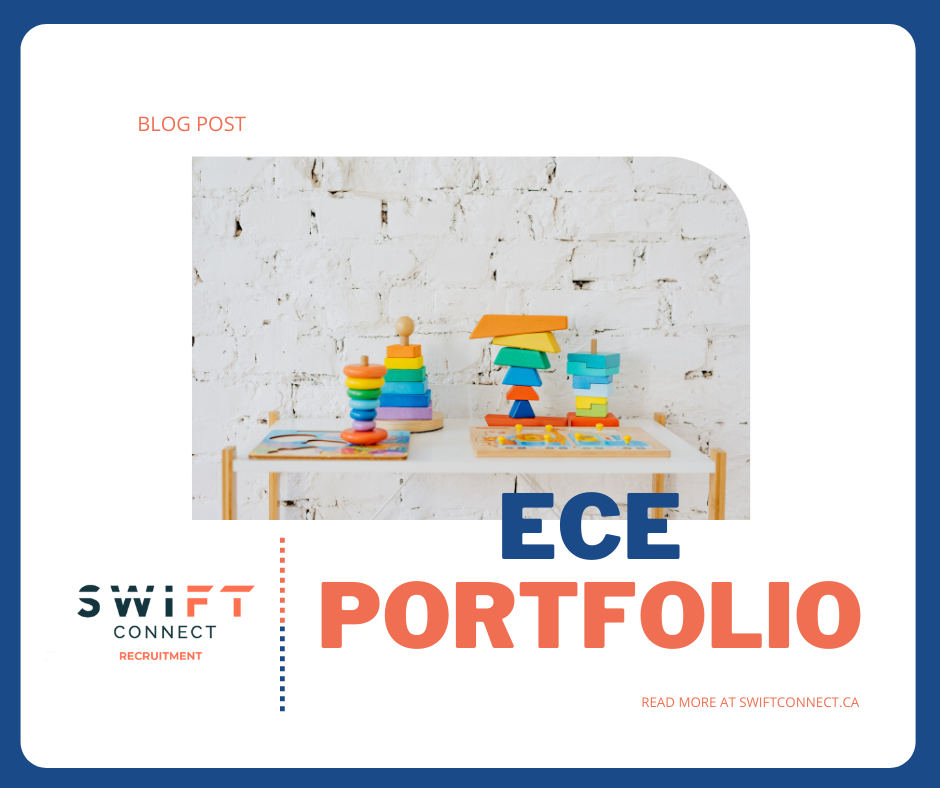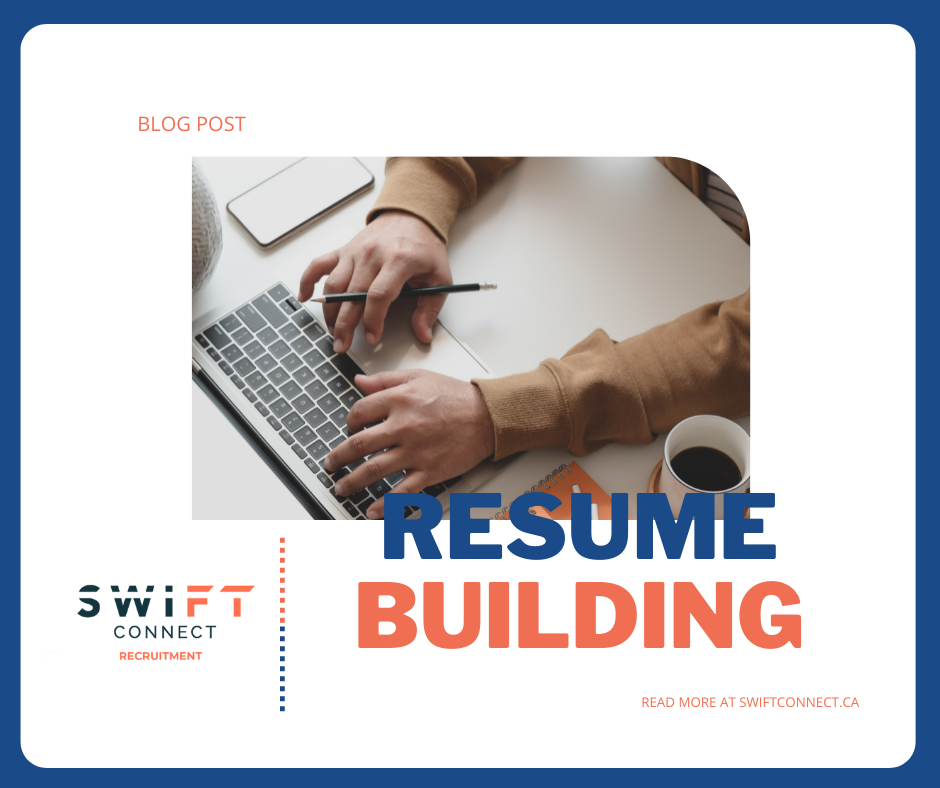How to Write a Job Application Via Email
Some employers accept job applications through email, mostly seen on the Canadian Job Bank website. In this blog post we will share how to professionally apply for a job via email.
WHAT SHOULD BE INCLUDED
When composing your email application, you should ensure the following are included:
- A detailed subject line.
- A professional greeting and closing.
- The employer’s name.
- The position you are applying for (match the job post).
- The reason you are writing, and highlight your related experience and qualifications.
- Your full name and contact information.
- Attach your resume, cover letter, and any other requested documents.
The subject line should be detailed and precise. Hiring departments receive a lot of emails in a day, make sure yours stands out and makes it easy to filter applications. Clearly state your name and the exact job title you are applying for.
The greeting should be welcoming, for example: “Dear Hiring Manager” or “Dear *Name of Contact*” or just “Greetings”. The greeting should not be: “Dear Sir/Ma’am” or one or the other, or “Hi” or “Hey”.
In the first paragraph, address the employer, the position you are applying for, and where you found the job post. When you reference the position being applied for, make sure to match the job posting exactly. If there is no job title in your email, the employer will likely not spend time reading your application to find out. If the job title does not match the post, they will assume you did not take the time to read the post, which can negatively effect your search.
The next paragraph, should include why you are writing the application. The rest of the paragraph depends on whether a cover letter was required or not. If the cover letter was required in the application, then this can be a brief overview of your experience and qualifications. If a cover letter was not required, then you can provide details on your related experiences and what you can bring to the organization.
Lastly, close the email by thanking them for reading and considering your email, mention your attachments (resume, cover letter, anything else), and state how to reach you best. Then use a polite and professional closing statement such as “Sincerely” or “Regards” or “Cordially”.
TIPS
- Read through the email a few times before sending. Check for grammar, spelling, correct employer and job information. All too common job seekers copy paste their applications and forget to change the information.
- Make sure your resume and other attachments are included. Your files should be either PDF or Word format, and should all match. Ie. if your resume is PDF so should the other attachments.
- Keep it professional and personal, make sure to include information from the job description to show that you read and understand what the employer is looking for.
- Avoid repeating sentences or phrases in the attached resume or cover letter. Sometimes job seekers get lazy and use the same information from their cover letters in the email. Make it different so that the employer can better grasp your qualifications.
- Avoid personal closings such as “Best Wishes” or “Always” or “Take Care”.
- Avoid slang and religious greetings/closings (ie. “God Bless”).
